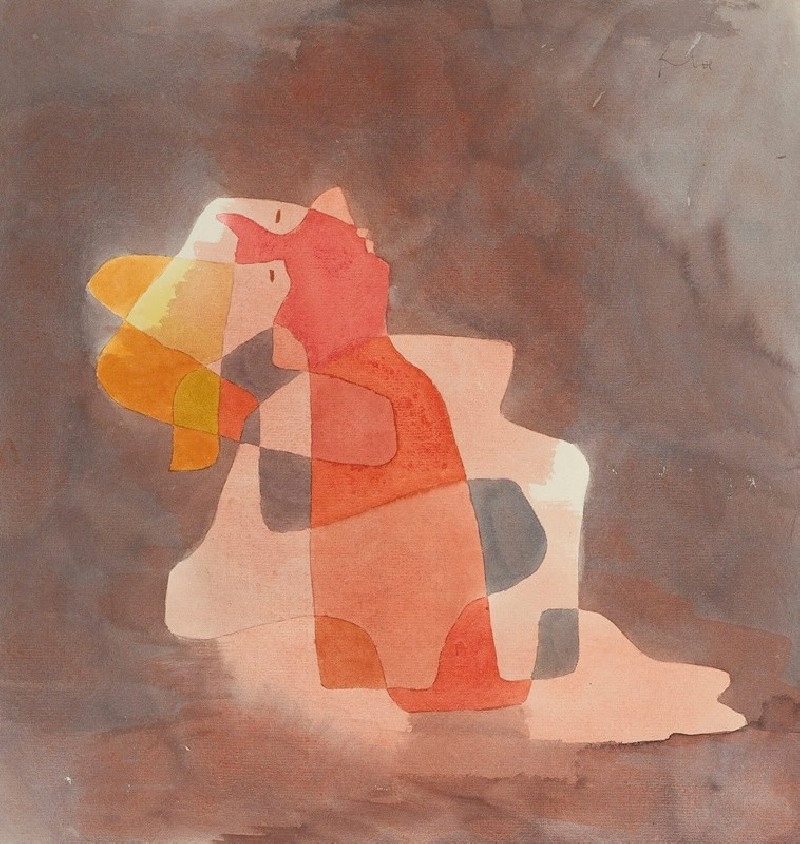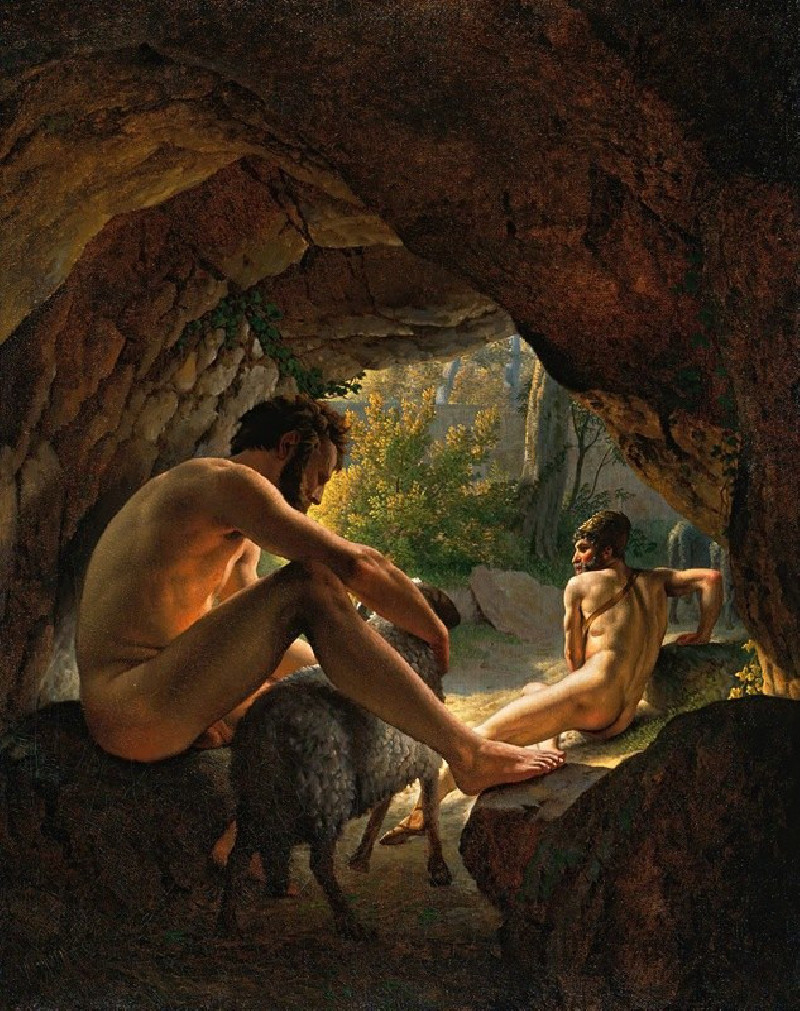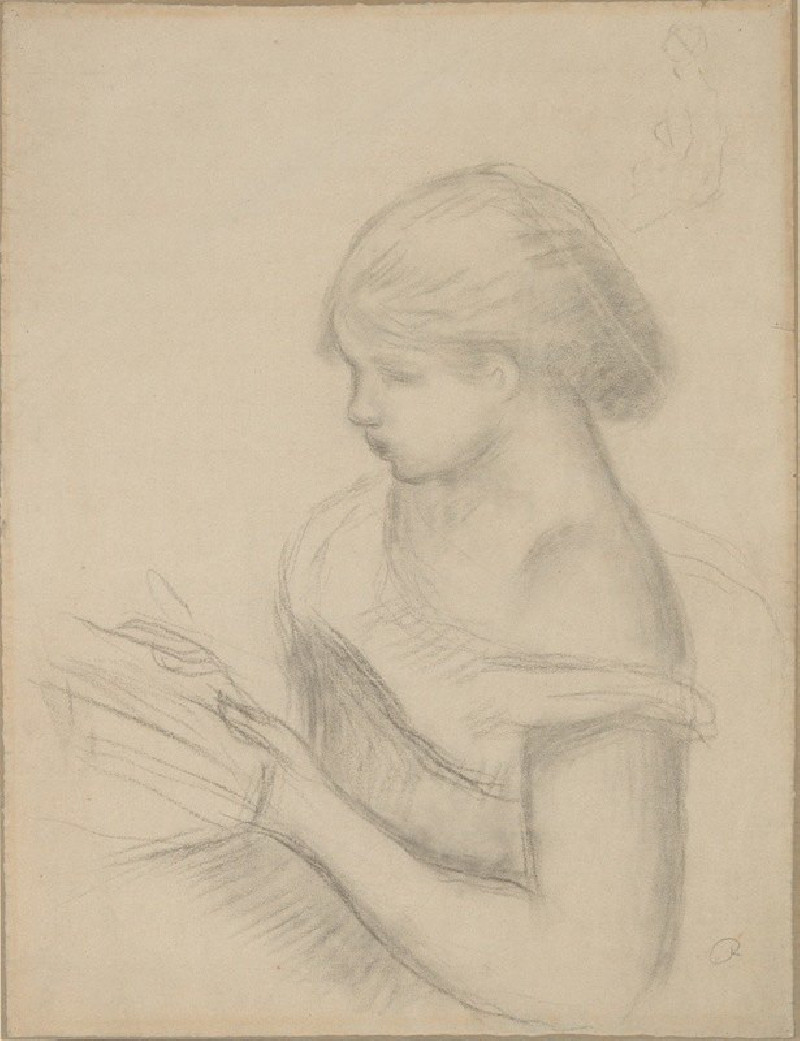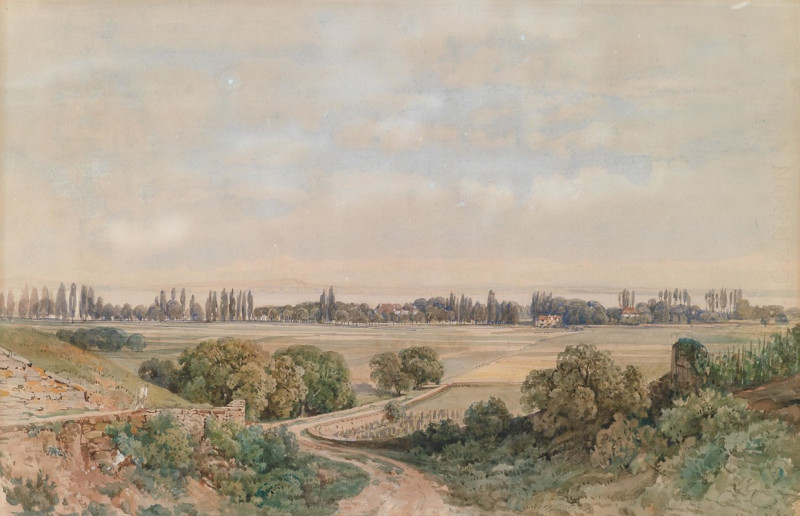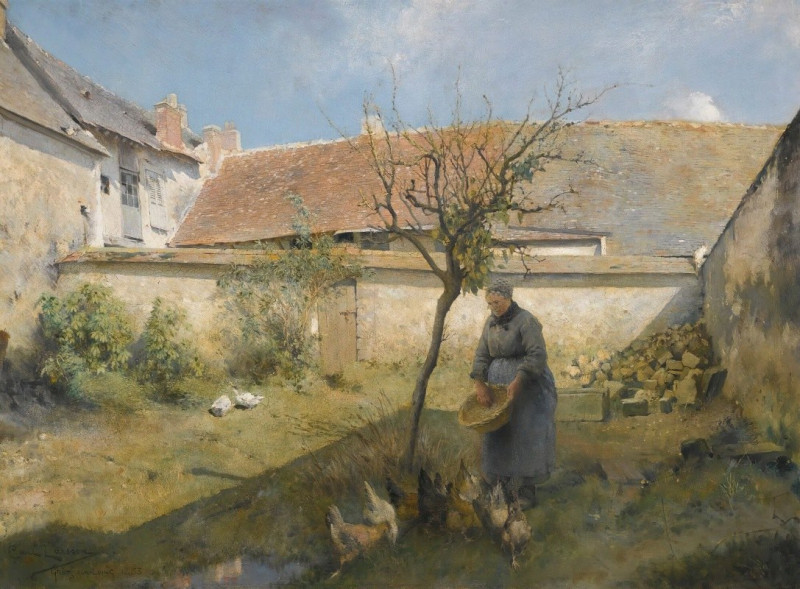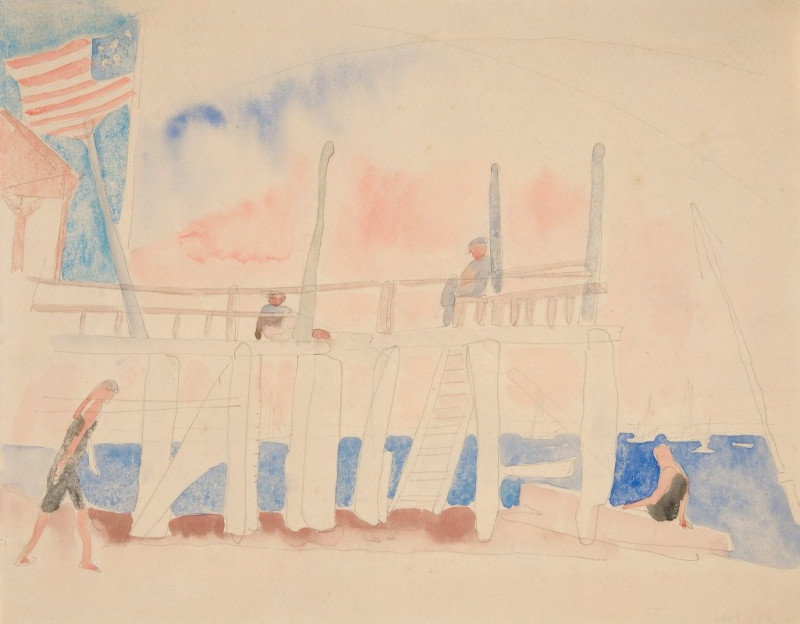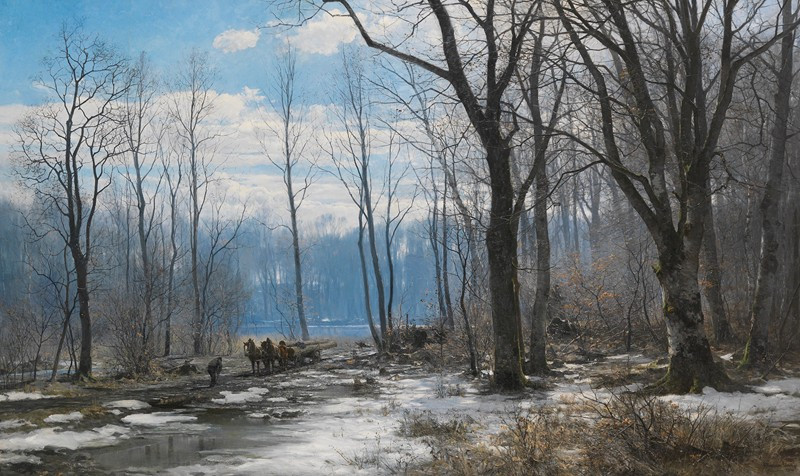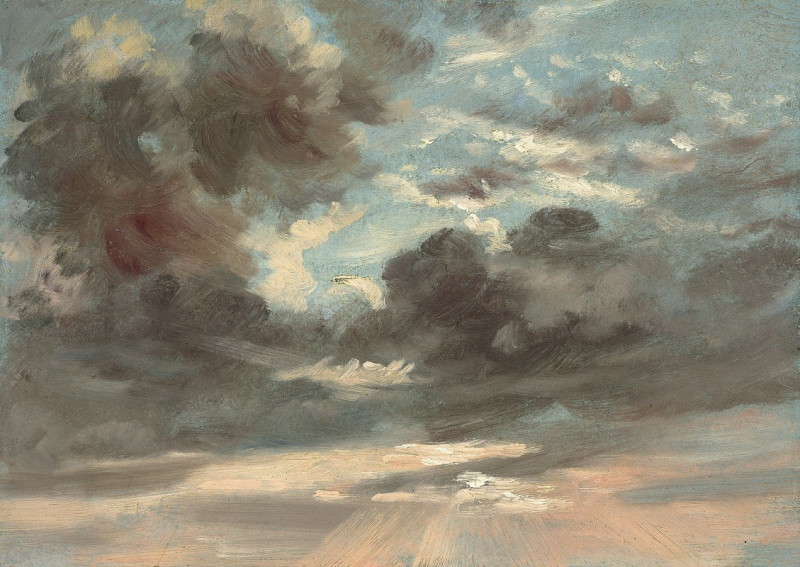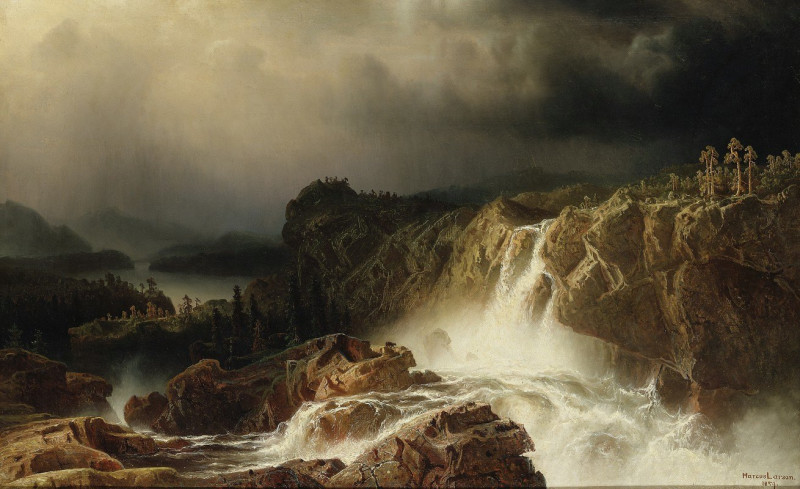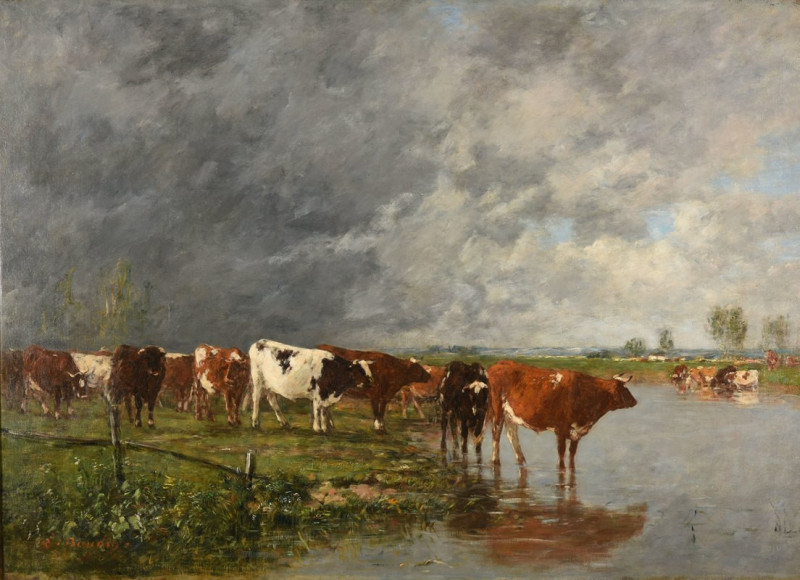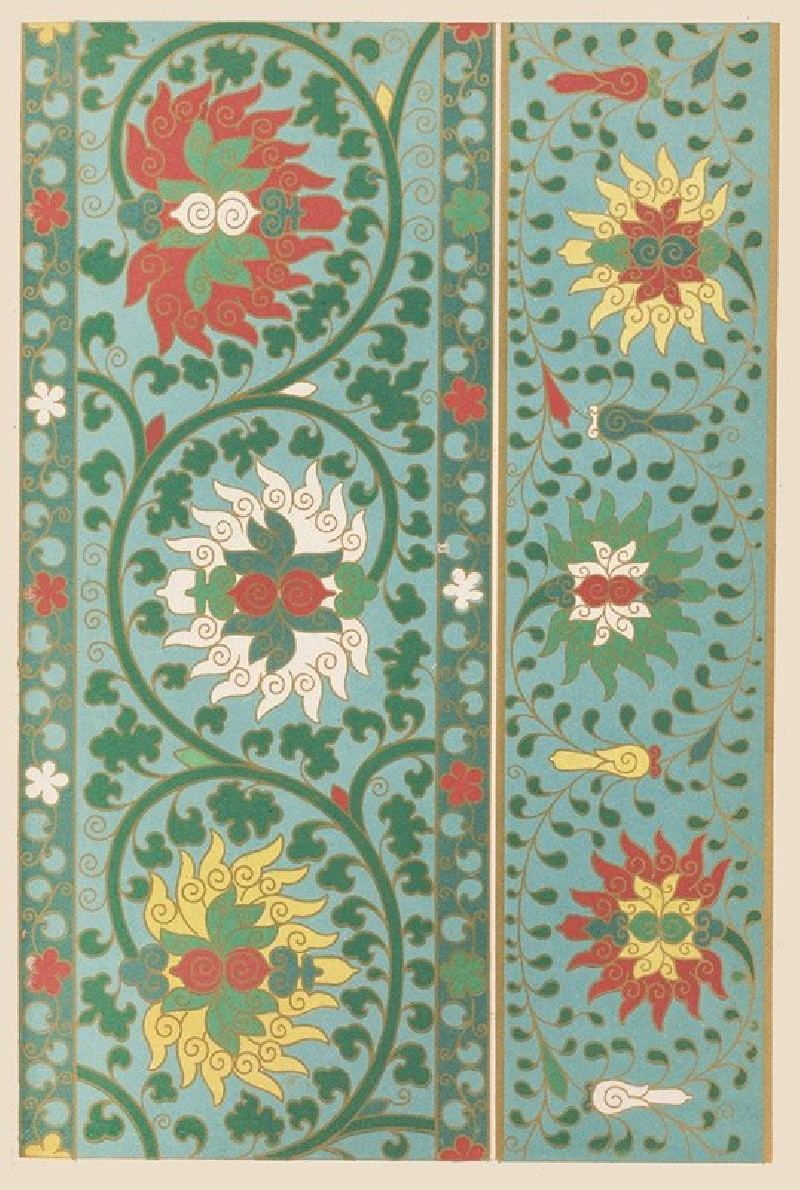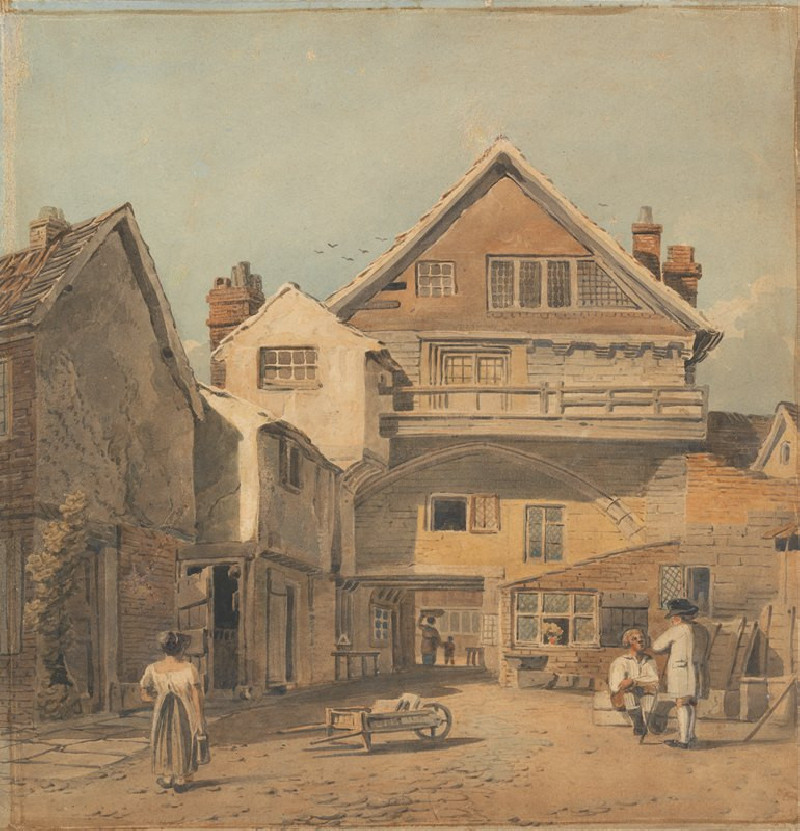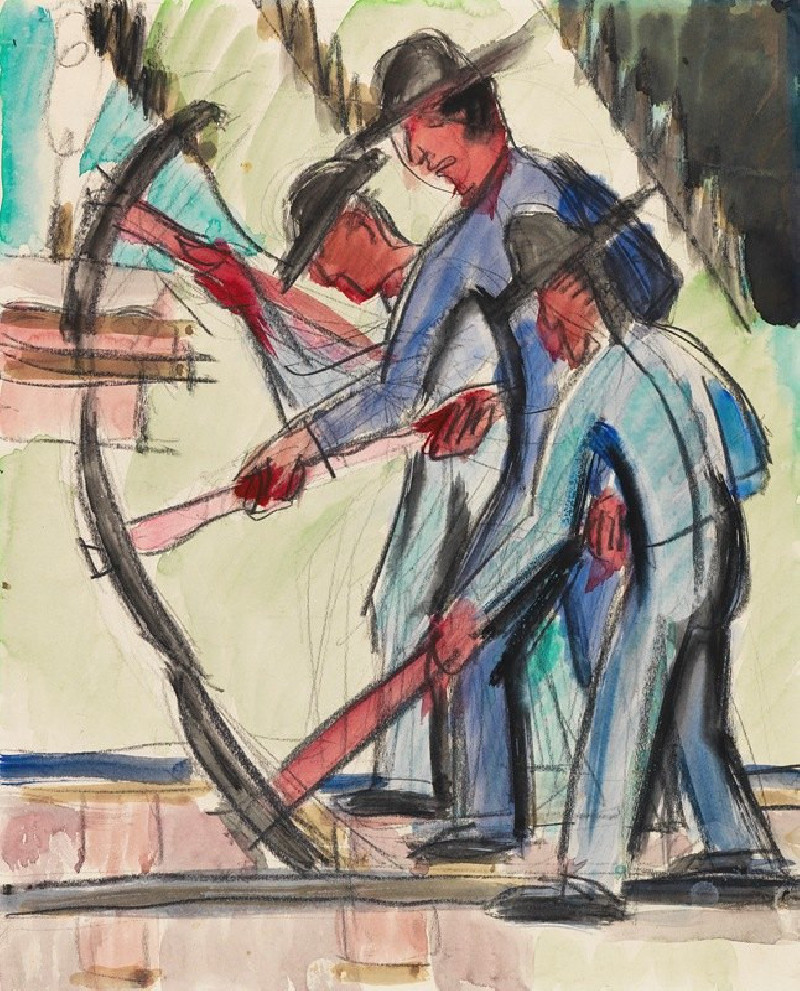Zurücklehnende (Woman Leaning Back) (1929)
Technique: Giclée quality print
Recommended by our customers
More about this artwork
Our latest exhibit features the remarkable work "Zurücklehnende (Woman Leaning Back)" created by the illustrious Paul Klee in 1929. This painting stands out as a quintessential example of Klee's unique style, characterized by his ingenious use of color and form to depict abstract figures and scenes.In "Zurücklehnende," Klee encapsulates the image of a woman in a restful, reclined pose, crafted through an enthralling interplay of geometric shapes and warm, harmonious colors. The composition merges shades of red, orange, pale yellow, and brown, portraying the figure's silhouette against a dusky backdrop. The segments of color, though distinct, blend subtly at their borders, creating a fluid and dynamic interplay of light and form.This artwork not only showcases Klee’s avant-garde approach to abstraction but also evokes an intimate, serene atmosphere, inviting viewers to pause and reflect. It's an artwork that captures the essence of tranquility through its simple yet profound composition.
Delivery
Returns
Paul Klee was a Swiss-born German artist. His highly individual style was influenced by movements in art that included expressionism, cubism, and surrealism. Klee was a natural draftsman who experimented with and eventually deeply explored color theory, writing about it extensively; his lectures Writings on Form and Design Theory (Schriften zur Form und Gestaltungslehre), published in English as the Paul Klee Notebooks, are held to be as important for modern art as Leonardo da Vinci's A Treatise on Painting for the Renaissance.

